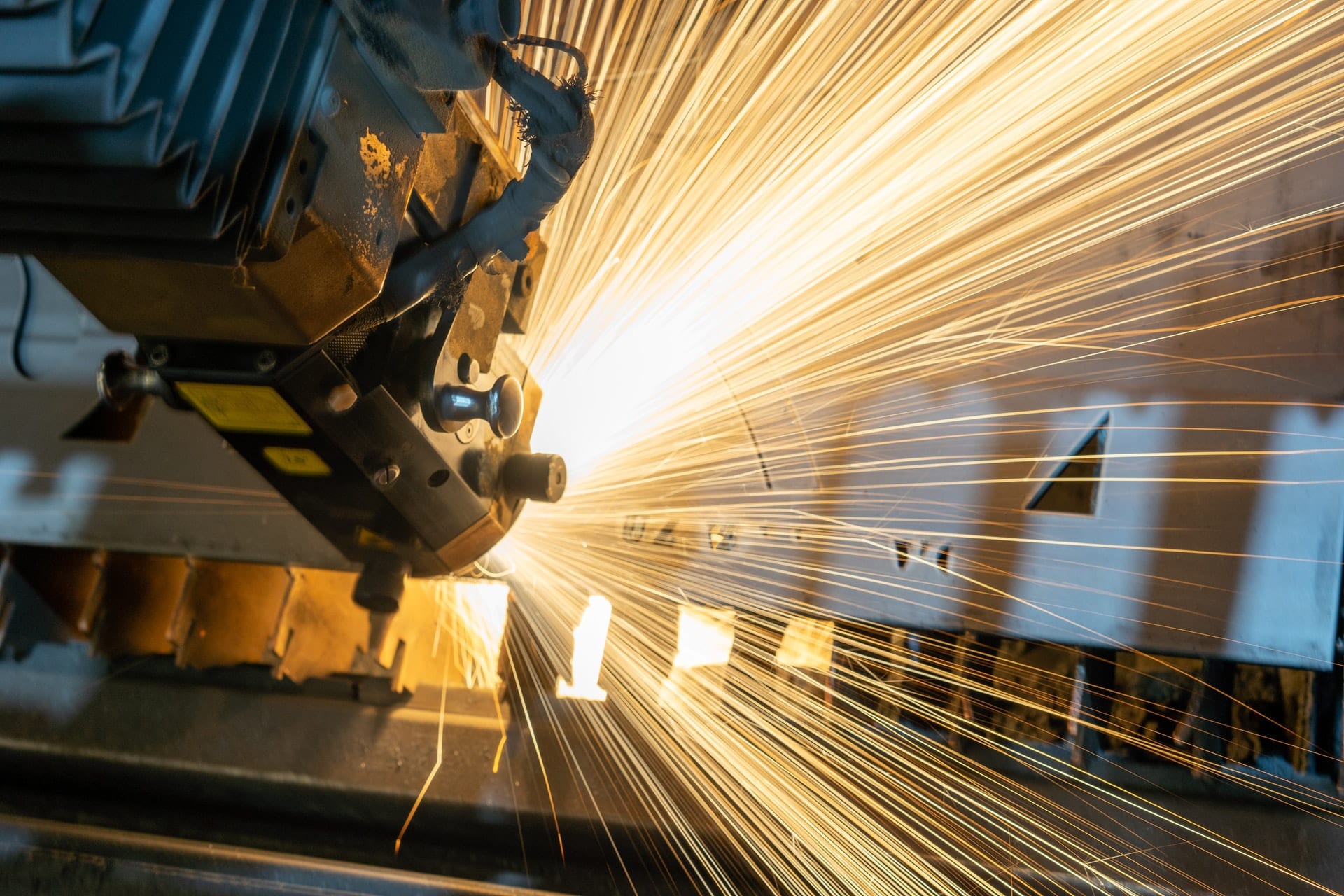The COVID-19 pandemic caused extraordinary uncertainty and volatility for most businesses around the world. Not only has it accelerated the transition to remote working and digital lifestyles, but it has also significantly impacted supply chains, fundamentally affecting the flow of global trade, manufacturing, and investment.
The situation has been particularly challenging for businesses with direct exposure to international markets, whether through importing and exporting or service related trades, especially in Asia. As many Aussie businesses pause to take stock, here’s how they’re recovering and creating opportunities for future growth.
The Effect Of Rising Costs In Asia
Offshore manufacturing in the Asian region was historically driven by their lower-cost labour and shipping compared to Australia. But ongoing trade tensions, dramatically increasing costs, and unstable geopolitical relationships since Covid hit are all posing significant risks. Despite some Asian economies predicted to grow overall this year, it’s become an increasingly major concern for many Australian companies trading within the area.
Any small to medium-sized enterprises who had shifted some or all of their business to South-East Asia have come under pressure over the last few decades. This is why many industries have been bidding farewell to doing business within the Asian region, marking a dramatic shift in manufacturing with significant implications both here and on a global scale.
Frugal Innovation Is Key
Originating from emerging markets, the concept of frugal innovation is essentially inspired by increased demand, lack of resources, and budget challenges. Frugal innovation is a creative approach to invention that’s basically all about designing better products with faster and cheaper manufacturing. And the recent COVID-19 pandemic has shown that frugal innovation can work just as well within developed markets.
Mark Del Rosso, President & CEO, Genesis Motor, has this to say on the importance of leadership through the pandemic – “To lead a company, especially in a time of unprecedented global crisis, I find we are laser-focused on our purpose. We know the how, what and why we exist. The team and I have never communicated better. Through great communication, we’re learning, we’re adapting, we’ve become more nimble, efficient and effective.”
When borders closed, international shipping dramatically reduced, and the capacity of domestic logistics was stretched thin; business as usual in 2020 was impossible for many. Industries. That’s when some Australian companies started using frugal innovation in unexpectedly creative ways to pivot their businesses.
After changing their entire business model almost overnight, some distilleries went from manufacturing gin or rum to making hand sanitiser. In contrast, others stopped creating high fashion and started producing personal protective equipment such as face masks and hospital gowns. This adaptability and ingenuity of frugal innovation were also echoed elsewhere throughout investment and trade landscapes.
When your business is looking into ideas for frugal innovations, start by considering material sources, product designs, and manufacturing methods. Businesses need to ascertain how to use assets they already have at their disposal to respond better to whatever challenges and opportunities may arise in the future. That’s why improved sustainability should definitely be one of the main priorities of any frugal innovation.
Automation And Robots Required To Scale
It’s been over a century since the word robot was coined, but robots themselves have only recently started to become widely accessible. While mechanical one-arm robots have been synonymous with manufacturing plants for the last 50 years, especially automotive factories, more and more robots have been appearing in decidedly non-industrial environments. I mean, people in the western world have had floor-cleaning robots in their homes for almost 2 decades.
Robotic automation has long been hyped to increase operational efficiency by enabling distributed workforces at significantly lower costs. The COVID-19 pandemic has increased the adoption of automated robotics across a wide range of industries, from the expected manufacturers and fulfilment centres to offices, schools, and retail shops.
Understanding the urgency, many companies designed robotics to address a wide variety of challenges created by the pandemic. One of the main industries where this robotic technology has made the most progress during the pandemic was by assisting scientists and health workers with their front-line response to the virus. Even restaurants started using robots to ensure their operations are hygienic and durable enough to withstand evolving regulations, lockdowns, and other disruptions.
Scott Butlin, director of Australian Scaffolds, Australia’s largest multiuse scaffolding manufacturer, spoke of the importance of improving supply chain management to compete globally. For years, manufacturers have been offshoring, going overseas with at least some manufacturing to remain competitive. But that has changed. Many manufacturers are bringing operations back to their own country due to economic advantages and concerns about quality and supply chain issues. “To stay competitive, businesses need to constantly invest in developing more efficient ways to build and deliver products that consumers demand. Through leveraging robotics and automated machinery that operate at a higher pace and increased capacity is where Australian Scaffolds is investing capital through machinery acquisition and employee development technology”. He further explains, “as countries like China face increased labour and manufacturing costs, the playing field is becoming more even. Allowing us to deliver the same or even better products manufactured locally and delivered to our customers in a much shorter time frame.”
While key drivers behind robotics projects have generally been increased speed, higher productivity, and improved quality, all of these were considered to extremely important to cut costs during the pandemic. In fact, the global pandemic highlighted the importance of automation for the ongoing resilience of many Australian businesses. With decreased dependency on human workforces for the more routine processes, robotics is the only real way to ensure work can continue during any future pandemics.
Compete On Quality
Throughout South-East Asia, our manufacturing supply networks were designed to take advantage of the difference in materials, labour, and energy costs. And because locally manufactured products are often more expensive than those imported from Asia, Australian businesses should be looking to compete on quality instead of price.
Product quality can actually provide a competitive advantage for those Aussie companies that can manufacture their products locally. Because there are often many products made offshore that simply do not have the high standards and quality demanded by the local market. So, while manufacturing elsewhere in Asia used to offer much lower costs, manufacturing in Australia means you’re always supporting the local economy by investing in our local communities.
Dr Jens Goennemann, the CEO of the Advanced Manufacturing Growth Centre (AMGC) believes Australia can be globally competitive in manufacturing, but we have to compete on quality, not on price. “Germany is not the cheapest country,” he says of his homeland. “But people buy from Germany because they have superior products.”
Australian consumers have become increasingly concerned when making purchasing decisions, especially when it comes to product lifecycles and plastics. Over the last few decades, there’s been a noticeable shift in consumer preferences. Instead of buying products from larger international corporations, Aussies are making conscious decisions to buy locally in an effort to support small businesses. This is why smarter businesses are explaining to consumers about the local people they employ and the local products they sell.
Final Thoughts
This global pandemic has been the largest disruption to businesses most Australians have ever experienced. While we’ve had a long trade relationship due to the close proximity, we can no longer continue putting all of our manufacturing eggs in the same South-East Asian basket.
Thankfully, as we continue navigating this new business world, there are more opportunities for business growth ahead, supporting economic recovery. Some businesses might continue their trade relationship with Asian markets despite the increased prices and hope for a change in the long term. Others might see this as an opportunity to make a change on the rebound.
Felix is the founder of Society of Speed, an automotive journal covering the unique lifestyle of supercar owners. Alongside automotive journalism, Felix recently graduated from university with a finance degree and enjoys helping students and other young founders grow their projects. Follow him on website.



















